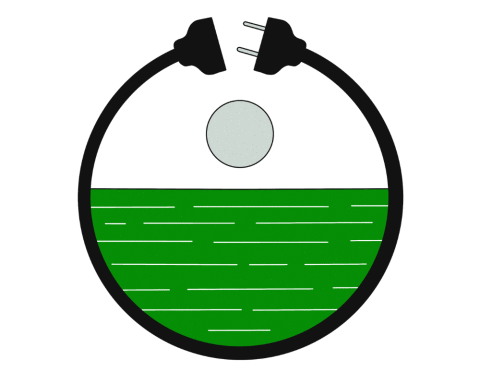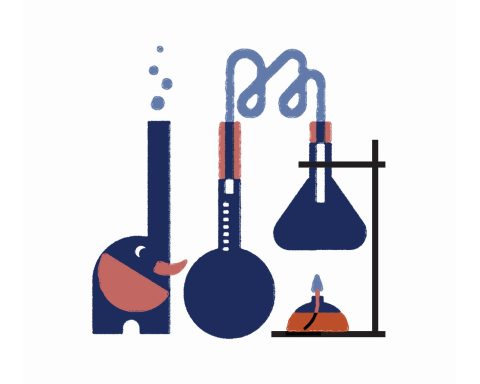Canada is investing only around 1% of GDP on climate response. Corporate Knights calculates that the country needs to spend roughly 5% of GDP, or $126 billion per year, from 2023 to 2030 (with up to 80% of that coming from the private sector) if we’re to reach our climate targets.
What's the most effective way to spend that money? Corporate Knights' Climate and Economic Renewal Plan lays out six major green investments.
There’s no place like green homes.
To make this country’s buildings more comfortable, affordable and energy-efficient in all weather, we’ll need to spend $57 billion a year on retrofitting and electrifying 10 million homes, plus $22 billion on commercial buildings. That includes phasing out old heating and lighting systems for modern, efficient systems with smart energy management.
Full of (clean) energy.
Around 80% of Canada’s power supply comes from non-emitting technologies (renewables, nuclear and hydro), and the country has a goal to hit 90% by 2030. To get there, Canada will need to spend $24 billion per year on expanded renewable capacity and interprovincial electricity connections to ensure clean electricity supply is evenly distributed.
That new electric vehicle smell.
By 2030, hopefully, there will be 10 million EVs (as well as many more bicycles) on Canadian roads. But to get there, we’ll need to spend $16 billion per year on a range of measures that include building out our charging network. We can encourage cycling by creating an additional 2,000 kilometres of bike lanes.
This transition will run on batteries.
We need to (sustainably) shore up our supply of critical minerals that will go into batteries that power EVs. The global market for lithium-ion batteries is expected to grow to US$135 billion by 2031, and Canada has all the minerals needed to make EV batteries.
Not- so-heavy industry.
To cut emissions from heavy industries like cement and steel by 50% by 2030, we’ll need to spend $5 billion per year. We should also support the burgeoning carbon fibre market (a strong material made from bitumen) to shift Canada’s oil industry into a post-petroleum future.
Bet the farm on climate.
We can help farmers make their operations more sustainable, using regenerative methods (such as planting cover crops) that store more carbon in the ground while cutting back on the overuse of synthetic nitrogen fertilizers. This will require a $3-billion-per-year investment.
For more on Corporate Knights' Climate and Economic Renewal Plan, read 'The price of making peace with nature,' from CK's research director Ralph Torrie.





